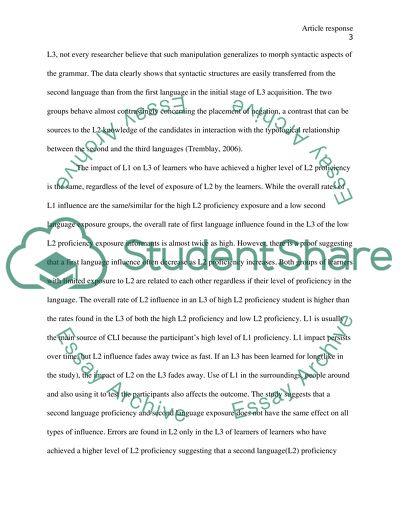Cite this document
(“Article response Example | Topics and Well Written Essays - 500 words - 1”, n.d.)
Article response Example | Topics and Well Written Essays - 500 words - 1. Retrieved from https://studentshare.org/english/1636766-article-response
Article response Example | Topics and Well Written Essays - 500 words - 1. Retrieved from https://studentshare.org/english/1636766-article-response
(Article Response Example | Topics and Well Written Essays - 500 Words - 1)
Article Response Example | Topics and Well Written Essays - 500 Words - 1. https://studentshare.org/english/1636766-article-response.
Article Response Example | Topics and Well Written Essays - 500 Words - 1. https://studentshare.org/english/1636766-article-response.
“Article Response Example | Topics and Well Written Essays - 500 Words - 1”, n.d. https://studentshare.org/english/1636766-article-response.


